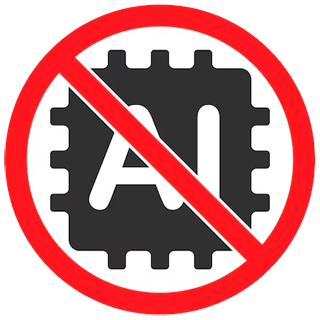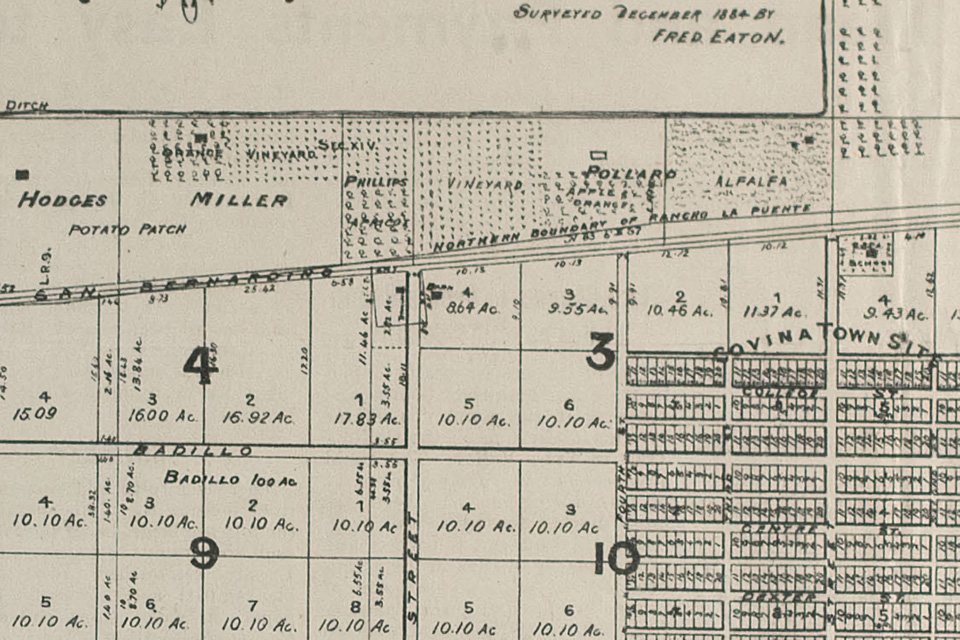Something more recent for a change!
The regional indoor shopping mall known today as Plaza West Covina is a half-century old this year. Originally called West Covina Fashion Plaza, its grand opening took place September 25, 1975.1
A couple weeks ago, I discovered a newly-available series of aerial photos on the UCSB Geospatial Collection website which appears to have been taken to document the yearly progress of the BKK landfill in the San Jose Hills. Far up near the top edges of these photos, however, were glimpses of the main West Covina shopping center which is the subject of this article, and they visually document in detail how the Plaza under its various names has evolved over time.

All photos courtesy of UCSB Geospatial Collection; captions and credits below. Click on the image above to view an enlargement.
1973: The last year of the original West Covina Plaza shopping center, which first opened in October, 1956.2
1974: Construction of the new indoor mall.3
1975: The completed West Covina Fashion Plaza.4 The west wing of the old Plaza was demolished, temporarily sparing the building formerly occupied by J. C. Penney.
1977, 1992: The east wing of the old Plaza was kept open for business until its demolition commenced in Fall, 1991.5,6
1995: This configuration has remained relatively unchanged to the present day,7 except that the building formerly occupied by Tower Records and Desmond's before that was demolished in 2009.
More dates, photos and factoids below!





